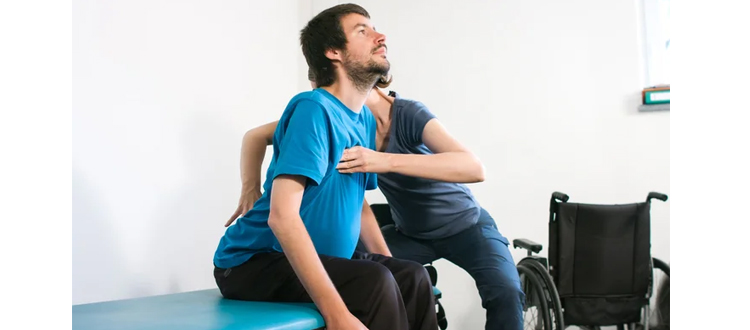Muscular Dystrophy is a group of genetic disorders characterized by progressive weakening and degeneration of skeletal muscles. These conditions result from mutations in genes responsible for the production of proteins essential for muscle structure and function. The impact varies, affecting individuals differently based on the specific type of Muscular Dystrophy they have.
In Bangladesh, Muscular Dystrophy presents a complex challenge, impacting individuals across diverse communities. Genetic factors, often stemming from inherited mutations, contribute to the prevalence of this group of disorders that progressively weaken muscles over time. The limited awareness and accessibility to specialized healthcare services in Bangladesh pose additional hurdles for those affected.
As the disease progresses, individuals may experience difficulty in walking, muscle stiffness, and gradual loss of mobility. Muscular Dystrophy can manifest in childhood or later I life, with symptoms worsening over time. Unfortunately, there is currently no cure for these disorders, but advancements in medical research aim to enhance management and improve the quality of life for affected individuals.
Living with Muscular Dystrophy often requires comprehensive medical care, including physical therapy to maintain mobility and assistive devices to support daily activities. Additionally, a supportive community and awareness play crucial roles in fostering understanding and empathy for those facing the challenges of Muscular Dystrophy. Ongoing research and advocacy efforts continue to drive towards improved treatments and ultimately, a future where the impact of Muscular Dystrophy on individuals and families is significantly reduced.
Stem Cell Treatment for Muscular Dystrophy: –
“Stem Cell Treatment for Muscular Dystrophy” heralds promising prospects in the quests for effective therapeutic interventions. Stem cells possess unique abilities, and their application in treating Muscular Dystrophy aims to address the root cause of condition by replacing damaged or degenerated muscle tissue. “Stem Cell Cure India” provides stem cell treatment for Muscular Dystrophy.
Stem Cell Treatment in Bangladesh
One of the significant advantages of stem cell therapy is its potential to halt or even reverse the progression of Muscular Dystrophy. Stem cells can differentiate into muscle cells, promoting the regeneration of damaged tissue and enhancing muscle function. This holds particular significance for individuals with Muscular Dystrophy, as it offers a glimmer of hope for improved mobility and a better quality of life.
Furthermore, stem cell treatments have shown the potential to reduce inflammation associated with Muscular Dystrophy, mitigating secondary complications that exacerbate the impact of the condition. These anti-inflammatory effects not only address the symptoms but also contributes to overall slowdown in disease progression.
Stem cell therapy is also relatively non- invasive, with procedures often involving injections rather than complex surgeries. This minimizes risks and enhances the accessibility of the treatment, making it a viable option for a broader range of patients.
In addition to its direct impact on Muscular Dystrophy fosters deeper understanding of the underlying genetic and cellular mechanisms. This knowledge is invaluable for refining treatment strategies, potentially leading to more tailored and effective interventions in the future.
While ongoing clinical trials and research continue to validate the safety and efficacy of stem cell treatments for Muscular Dystrophy, the initial outcomes and insights provide a hopeful narrative for those affected. As advancements in stem cell treatments for Muscular Dystrophy, the initial outcomes and insights provide hopeful narrative for those affected. As advancements in stem cell technology progress, the potential for transformative changes in the lives of individuals with Muscular Dystrophy grows, marking a significant stride towards a future with improved therapeutic options and enhanced patient outcomes.

